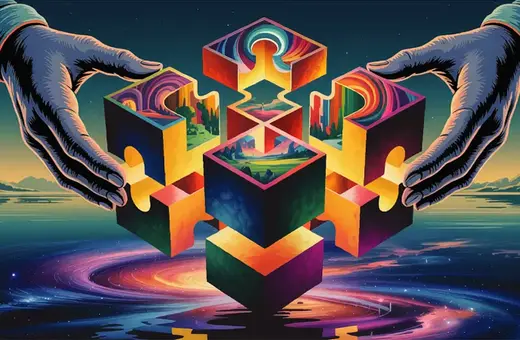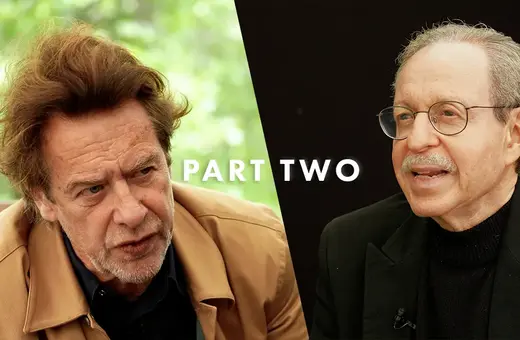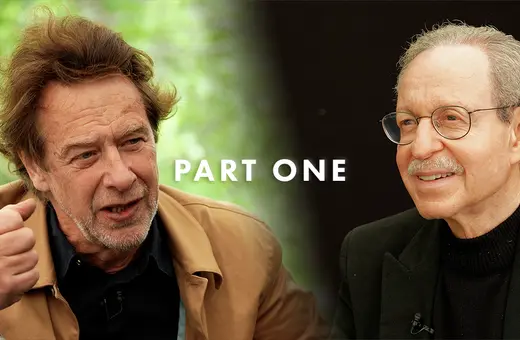In a world grappling with the enduring legacy of the Enlightenment, the battle lines are drawn between its staunch defenders and its vocal critics. But as humanity faces down mounting existential threats, a New Enlightenment beckons. Drawing on a philosophy of biomimicry, Henry Dicks calls for a paradigm shift in our relationship with the environment, technology, and the very essence of intelligence itself.
Over two hundred years later, the Enlightenment remains a topic of heated debate. On the one hand, there are those who uphold its core values of reason, freedom, and equality, defending it from the rise of religious fanaticism, postmodern obscurantism, and post-truth populism. On the other hand, there are those who question its universalism, its tendency to privilege science over other ways of knowing, and the way it exalts human beings, to the alleged detriment of non-humans. In short, the Enlightenment today is typically seen either as something we ought to defend and promote, or as something we need constantly to question, critique, and deconstruct.
SUGGESTED VIEWING Nature: friend or foe? With Güneş Taylor, Yuval Noah Harari
There is, however, another possibility. As humans increasingly come under threat both from the impacts of their actions on the earth and from the uncanny power of their latest creations (AI), the need is growing for a New Enlightenment, a new age of learning and discovery based on quite different principles from the first Enlightenment. If the first Enlightenment centred on human beings, locating enlightenment above all in the cognitive and epistemic qualities of the human mind, the New Enlightenment would look outside and beyond the realm of the human, locating the possibility of enlightenment in a radical new approach to acquiring knowledge and wisdom: learning from nature.
___
What gets left out of this human-centred approach to epistemology is the idea that there may be a source of knowledge outside the human.
___
An Epistemological Revolution
It is undoubtedly to Kant that we owe the most famous and influential theory of Enlightenment. Enlightenment, Kant claimed, was to be achieved primarily through human autonomy. Rather than deferring to others for guidance – religious leaders, charismatic politicians, etc. – we should cultivate an ability for independent thought, trusting nothing other than our senses, our understanding, and the appropriate use of reason. Knowledge and wisdom, from this perspective, stem from the appropriate use of human cognitive and epistemic faculties. Contemporary epistemology concurs, identifying the following five sources of knowledge: the senses, reason, memory, introspection, and testimony. But what gets left out of this human-centred approach to epistemology is the idea that there may be a source of knowledge outside the human, that to achieve enlightenment we cannot count solely on ourselves, for we must seek guidance in something much greater than ourselves, of which we are but a part: nature.






















Join the conversation